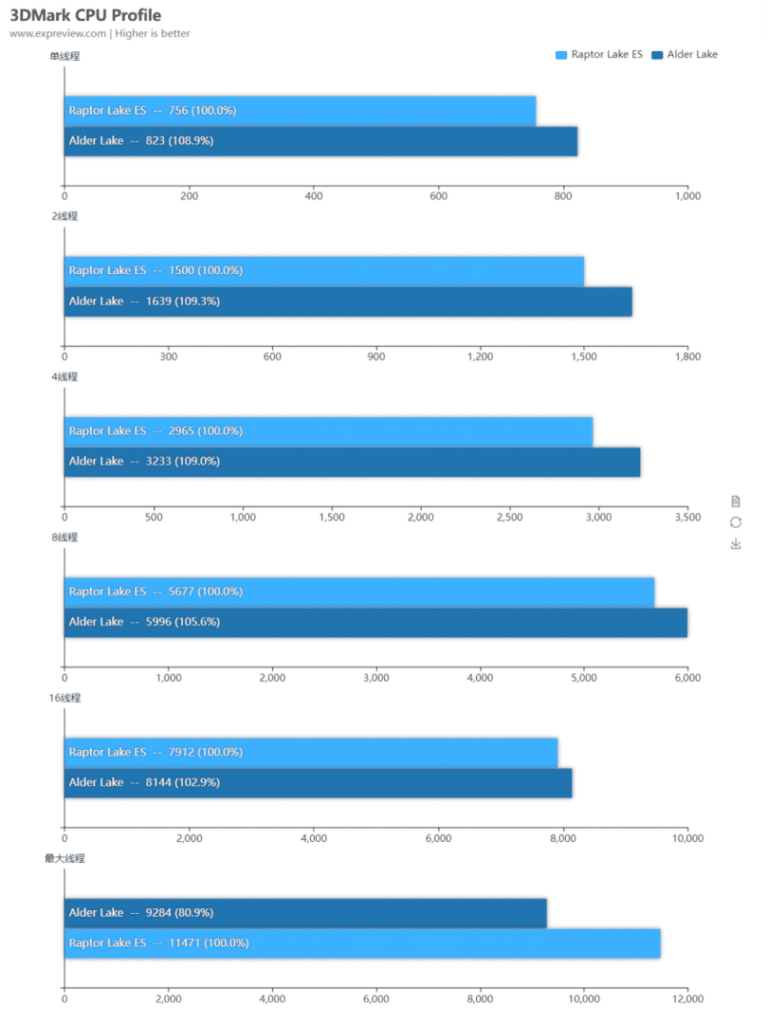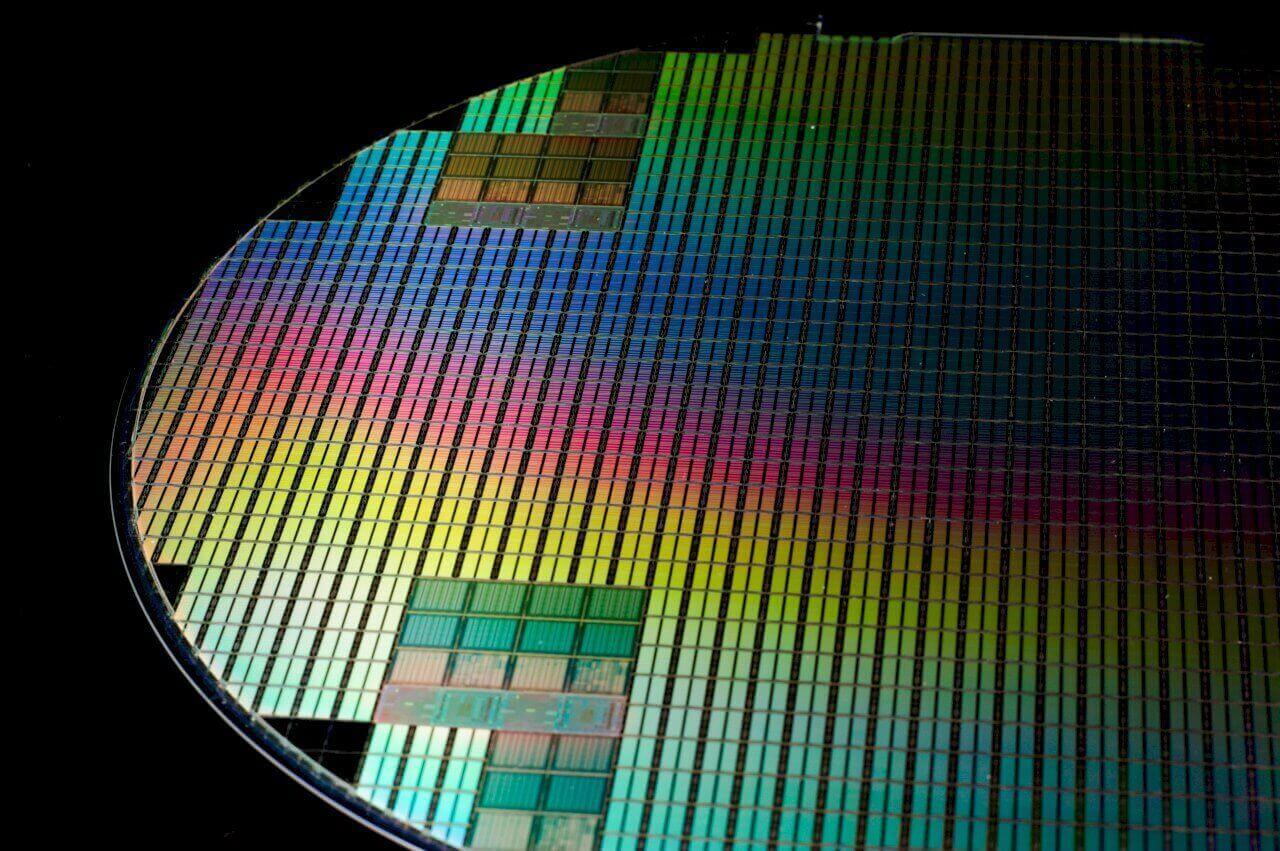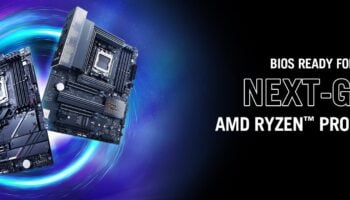The first benchmarks of Intel’s next-gen Core i9-13900 Raptor Lake-S processor have been published by Expreview, showing a modest 20% increase in multi-threaded performance over its predecessor. Keep in mind that this is an early engineering sample, so any conclusions drawn from this review are highly speculative. First things first. The single-threaded performance of this chip is way off. With both the units running at 3.8GHz, the Core i9-12900K is 12% faster than the 13900 in lightly threaded workloads like CB R20/R23 1T and POV ST.
This is a dead giveaway that the performance improvements seen in this review are merely a result of the increased efficiency core count. Raptor Lake-S is set to double the Gracemont cores with the higher-end Core i9 SKUs featuring an impressive 16. The architectural improvements such as the refined memory sub-system and the increased boost clocks aren’t observed in these tests.
We can infer from these benchmarks that heavily threaded workloads like rendering, encoding, and data compression will be at least 20-25% faster on account of the additional Gracemont cores. The Raptor Cove core and the SKU-level refinements should confer another 10-15% increase, at the very least. Overall, we can very well expect a 30-40% boost in multi-threaded workloads, much like AMD’s Ryzen 7000 offerings.
The similar increments in integer and floating-point performance also indicate the absence of single-threaded/IPC gains in this sample. The 50% delta between the Raptor and Alder Lake in double-precision FP compute may be an indication of AVX-512 being turned on.

In 3DMark CPU benchmarks, the Core i9-13900 is slower in all but the all-threaded benchmark, further reinforcing the assumption that all apparent performance gains are a result of the additional Gracemont cores. The Core i9-12900K is faster even in the 16-threaded test, indicating that there’s a long way to go to optimal performance. The 24-threaded benchmark is faster sheerly on account of the additional physical cores.
As expected, gaming performance is similar on the two platforms. The Core i9-12900K is a 125W (PL1) part while the Core i9-13900 is a 65W SKU. And yet the two offer identical frame rates. The additional L3 cache seems to help quite a bit as demonstrated by AMD’s designs. Raptor Lake increases the L2 cache to 2MB per core for the P cores and 4MB per quad-cluster for the E-cores. The L3 cache also grows by a marginal 6MB vs Alder Lake to 36MB.
With the single-threaded and clock speed improvements in place, we should see a 10-15% increase in gaming performance.






